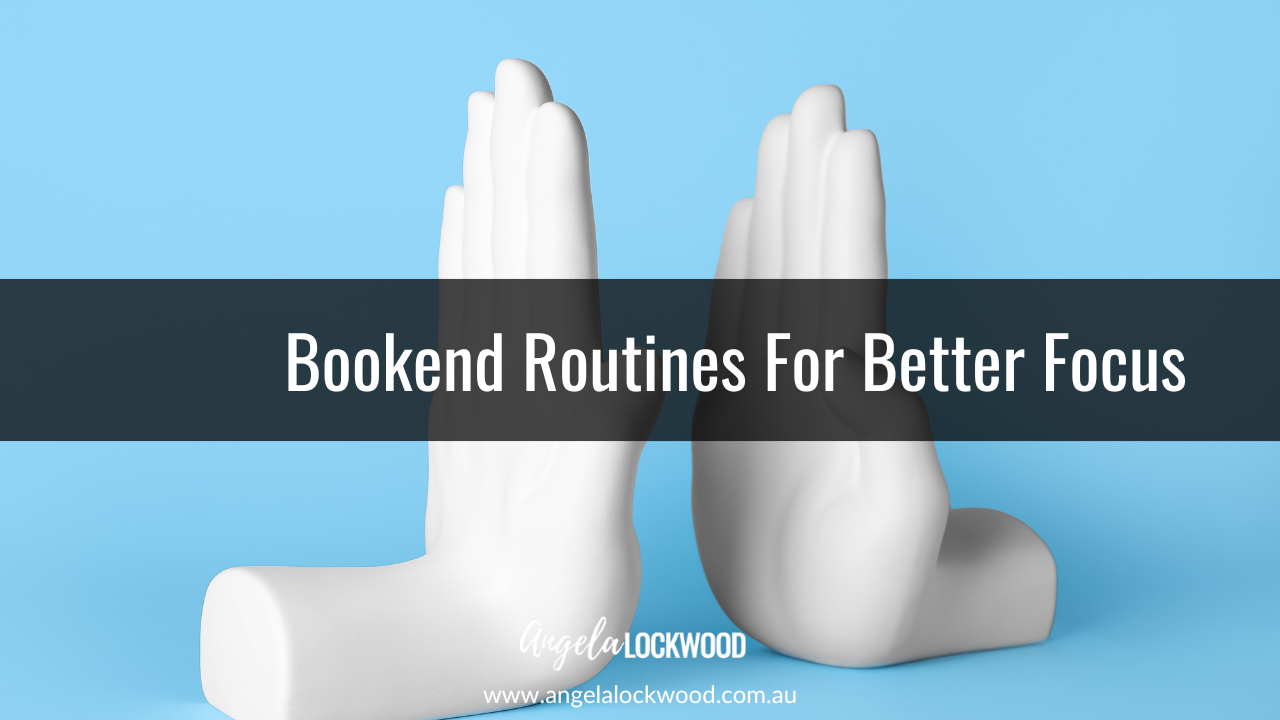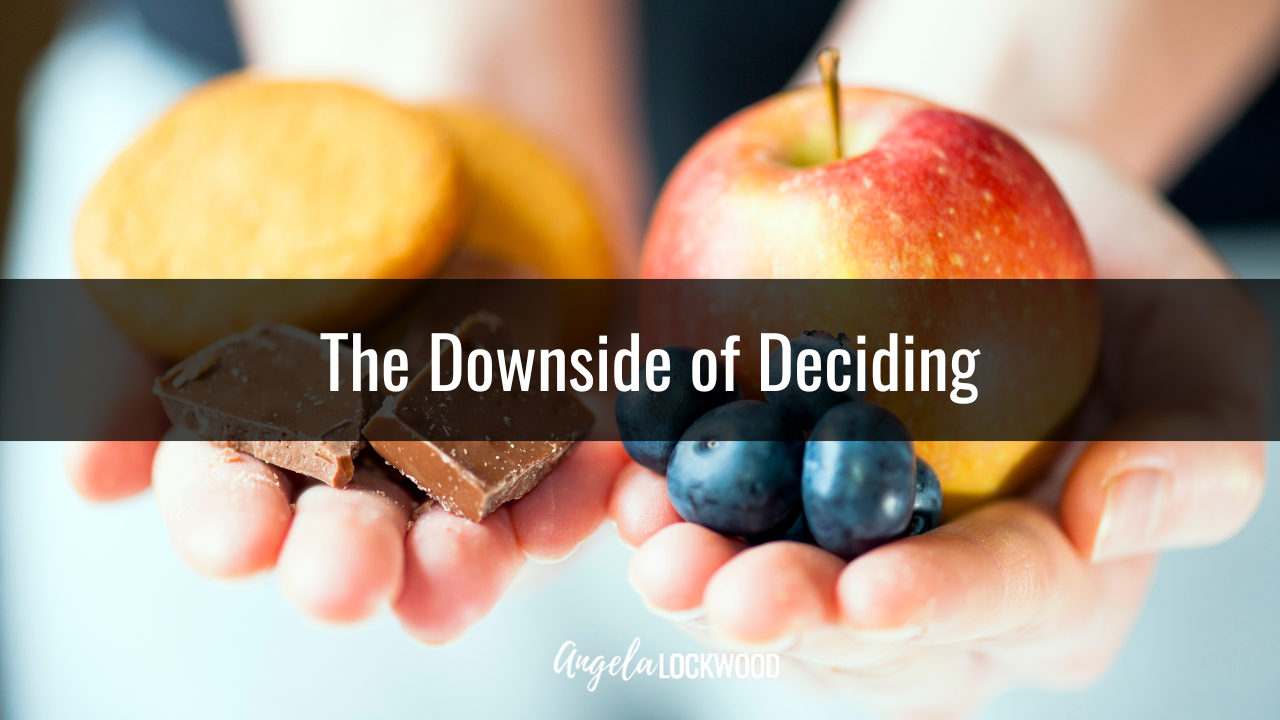Encouraging kids to make their own school lunch
Apr 04, 2023
As a parent, packing school lunches can often feel like a never-ending chore. I know with my own children I have always had them involved in the meal-making process no matter their age. I do not want my kids to be sitting at the bench in high school waiting for me to hand them their lunches I made when I know they are fully capable of doing it themselves. Teaching a child both independence and autonomy builds confidence and self-esteem that sets the foundations for confidence in self-esteem in other areas of their life. Why not start with the one thing they will need every day for their 13 years of schooling. Depending on your child’s age as your children grow, they are more than capable of taking on elements of making their lunch themselves.
Teaching kids to pack their own lunch not only helps them become more self-sufficient but also gives them a sense of ownership over what they eat during the day. When working in schools, I see kids who sit staring at their lunch box because they do not like what has been packed or they do not know how to open a packet or leave all of this beautiful food that has been packed for them.
If you are feeling like having your kids make their lunch is a pie-in-the-sky dream then here are five easy ways to get your kids to start to pack their own school lunch with minimal parent input.
1. Create a designated lunch-packing station
Set up a designated area in your kitchen where your kids can easily access lunch-packing supplies. This can include lunch boxes, reusable containers, and a variety of healthy snacks to choose from. Make sure to keep the area well-stocked and organized, so your kids can quickly grab what they need and pack their own lunches. For example, you could use a drawer or shelf in the pantry or fridge for easy access. You can go one step further and label the area so it is easy for them to know what they need. Check out Pinterest for way too many ideas on setting up lunch stations.
2. Visual aids
Visual aids can be a helpful tool for younger children who may not be able to read yet. Consider creating a simple visual chart with pictures of healthy lunch options, such as fruits, vegetables, protein sources, and grains. You can hang it up in your kitchen or in the designated lunch-packing station, so your kids can refer to it when packing their lunch. This way, they can easily choose a variety of options and feel confident that they're creating a balanced meal. Once your children are familiar with the guidelines, they can take ownership of packing their own lunches. Stick a picture on the fridge or place a number on the boxes/baskets to show how many of those items they take. As your child gets older they will no longer need these visual prompts.
3. Make it fun!
Packing lunch can feel like a chore, but it doesn't have to be! Make the process fun and engaging for your kids by adding some variety and creativity. Consider using cookie cutters to shape their sandwiches, or letting them pack a special treat like a homemade granola bar or a small piece of dark chocolate. You can also encourage them to switch up their lunch options from day to day by providing a variety of healthy snacks to choose from. By making lunch-packing an enjoyable experience, your kids will be more likely to take ownership of the task.
4. Create a lunch packing routine.
Making lunch can take a little while and doing it in the morning when under time pressure can make it easier to do the lunch packing ourselves. Packing lunches the night before will save you time and will take the pressure off your child when they are learning how to pack it themselves. When your children are starting out or are are little they will need your input and help so preparing and packing lunch without the time stress will set up the routine in a positive way.
Getting our kids to pack their own school lunch can be an empowering and rewarding experience for both parent and child. With simple routine and organisational strategies you can help your children become more self-sufficient and confident in their ability to make healthy choices with less food waste and leftovers sitting in their school bag! So why not give it a try and see how it goes? Your mornings just might get a little bit easier.
HEALTHY LUNCH BOX IDEAS!
If you are stuck for healthy lunch box ideas here are a couple that are easy to prepare and sure to be a hit with kids.
- Turkey and cheese roll-ups: Roll turkey and cheese in a whole wheat tortilla and slice into pinwheels.
- Hummus and veggies: Pack hummus with baby carrots, sliced capsicum, and cucumber rounds.
- Greek yogurt parfait: Layer Greek yogurt with berries and granola in a reusable container.
- Apple slices and almond butter: Pack apple slices with a side of almond butter for dipping.
- Hard-boiled eggs and fruit: Pack hard-boiled eggs with sliced grapes and apple wedges.
- Tuna salad with whole grain crackers: Mix canned tuna with plain Greek yogurt, chopped celery, and onion and serve with whole grain crackers.
- Chicken salad lettuce wraps: Mix shredded chicken with a small amount of mayo and serve in lettuce cups.
- Quinoa salad: Toss cooked quinoa with cherry tomatoes, cucumber, feta cheese, and a light vinaigrette.
- Grilled cheese and tomato soup: Pack a grilled cheese sandwich with a side of low-sodium tomato soup in a thermos.
- Veggie and cream cheese pinwheels: Spread cream cheese on a tortilla, top with sliced veggies, roll up, and slice into pinwheels.
Remember, it's important to include a variety of food groups in each lunch to ensure a balanced meal. These ideas provide a mix of protein, whole grains, fruits, and veggies to keep kids energised throughout the day.
Remember, using bento box lunch boxes (I wish I had these when I was young)or handy containers with an ice brick will keep food fresh and easy to handle for little fingers.






